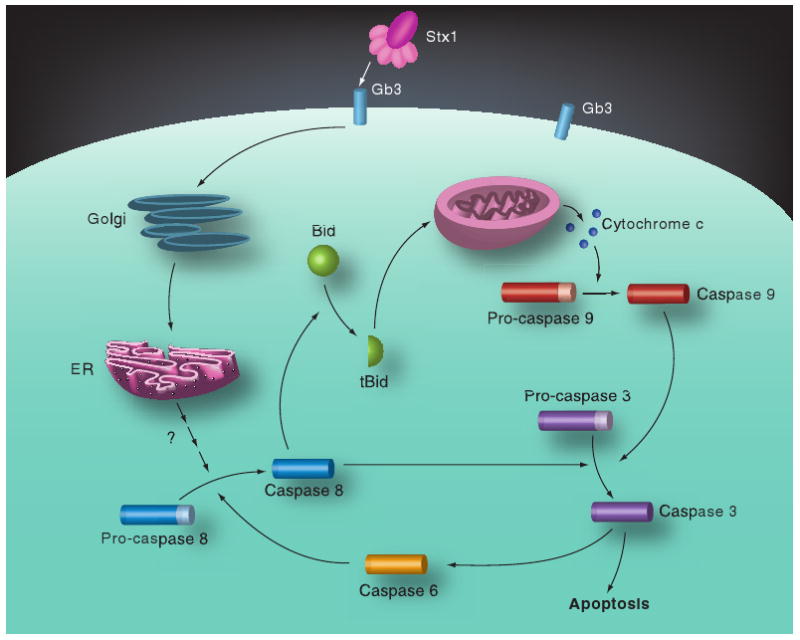Figure 3. Shiga toxin-induced apoptotic signaling pathways in monocytic THP-1 cells.

Following toxin internalization, caspase 8 is rapidly activated, which in turn triggers caspase-dependent and mitochondrial-dependent apoptotic signaling cascades. Caspase 8 may directly activate caspase 3, which in turn may activate caspase 6 to create an amplication loop for activation of the executioner caspase. Caspase 8 also cleaves Bid. tBid molecules translocate to mitochondria and facilitate the release of cytochrome c. With dATP and Apaf-1, cytochrome c forms the apoptosome, leading to sequential activation of caspases 9 and 3. Apoptotic signaling requires the retrograde transport of holotoxin to the ER.
bid: BH3-domain-containing protein; ER: Endoplasmic reticulum; Gb3: Globotriaosylceramide; Stx: Shiga toxin.
Adapted with permission from [101]; © American Society for Microbiology.
